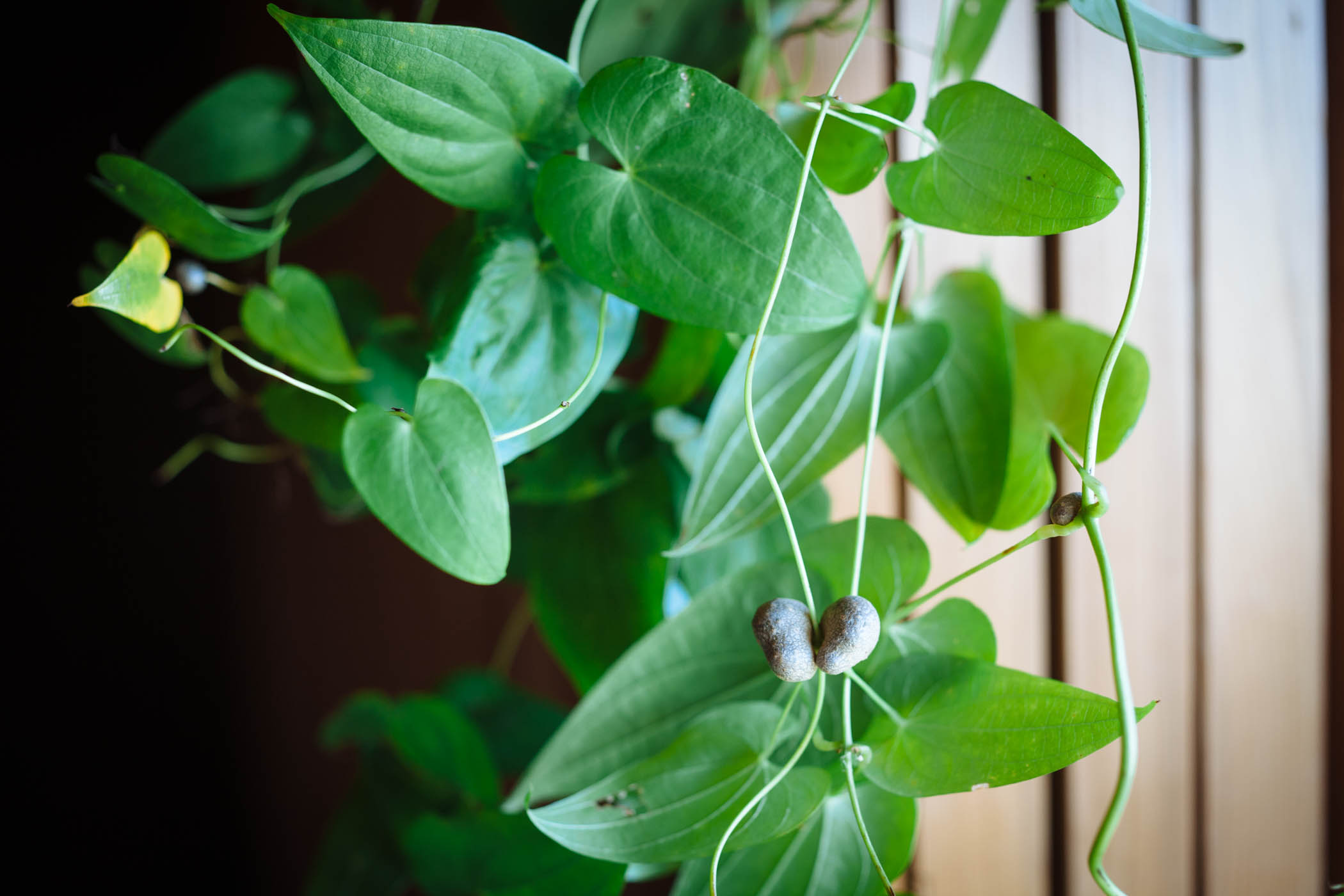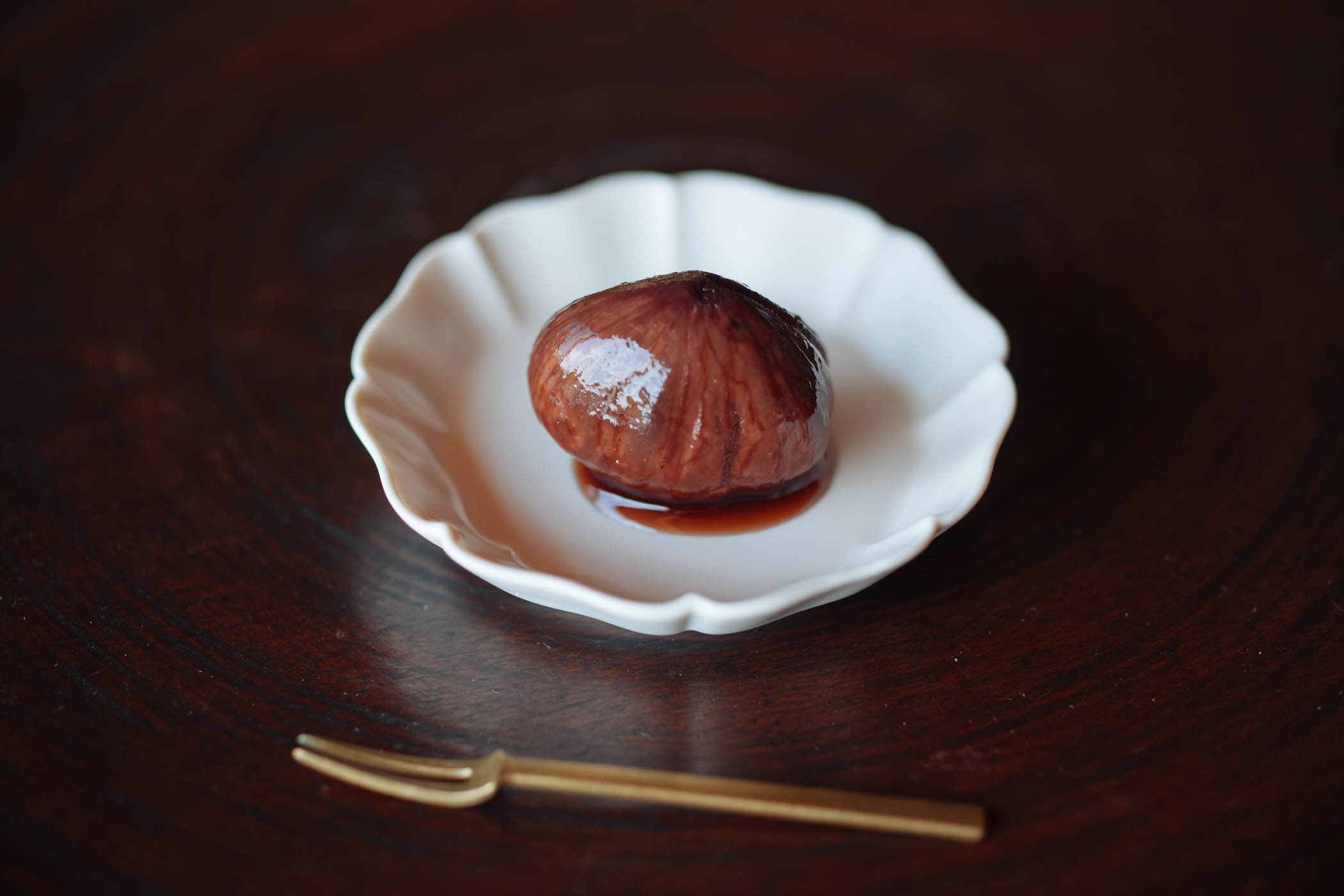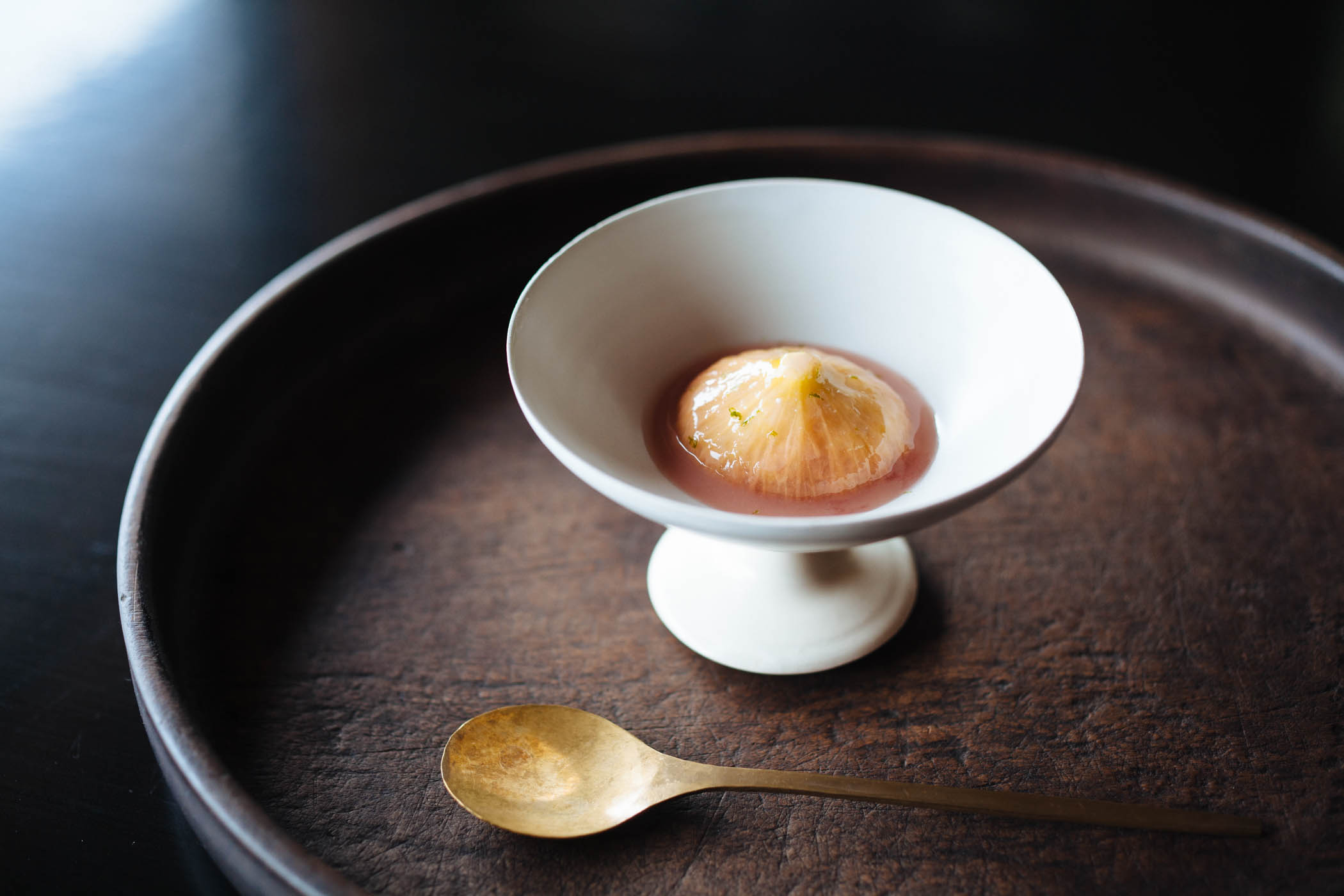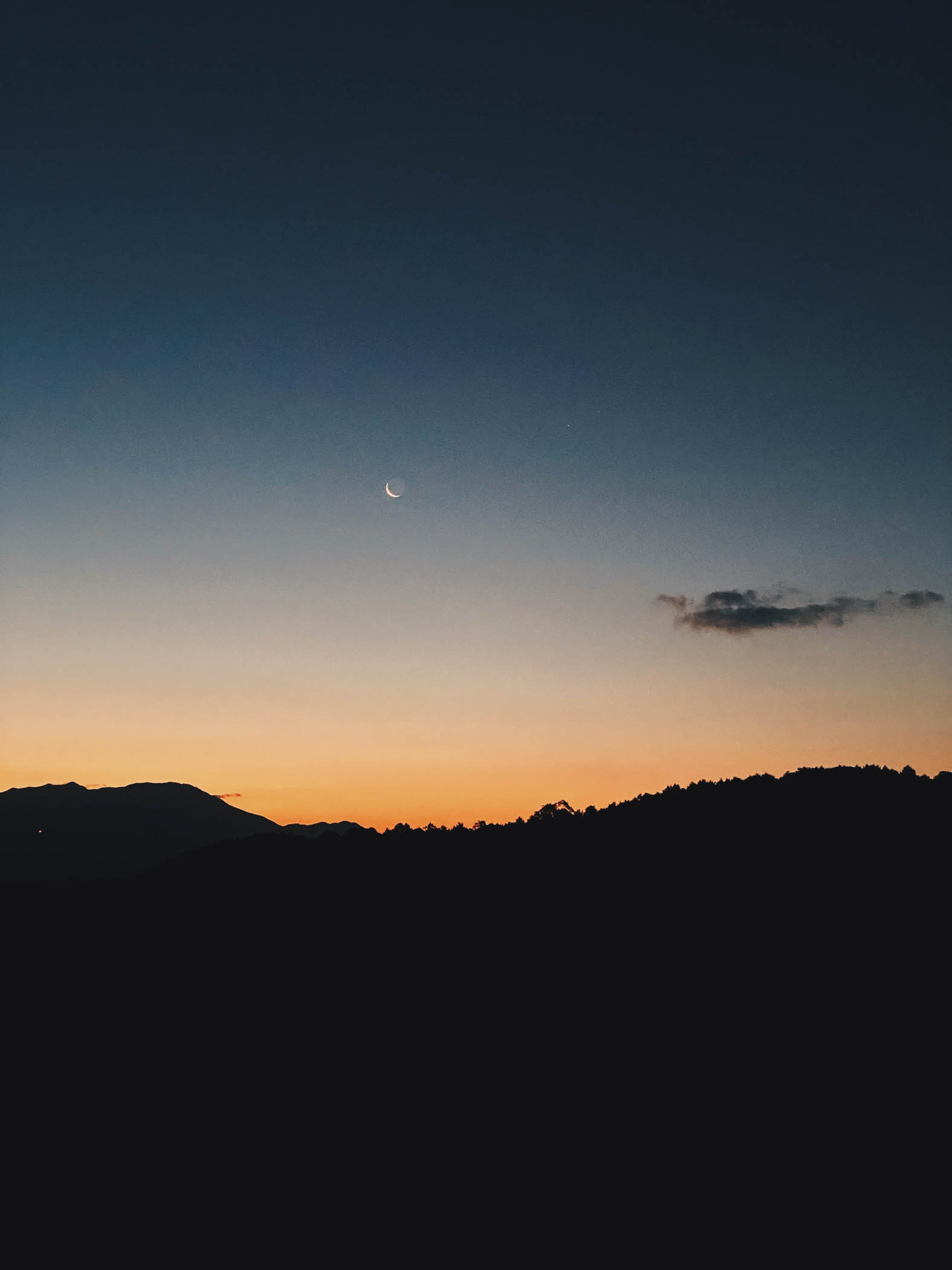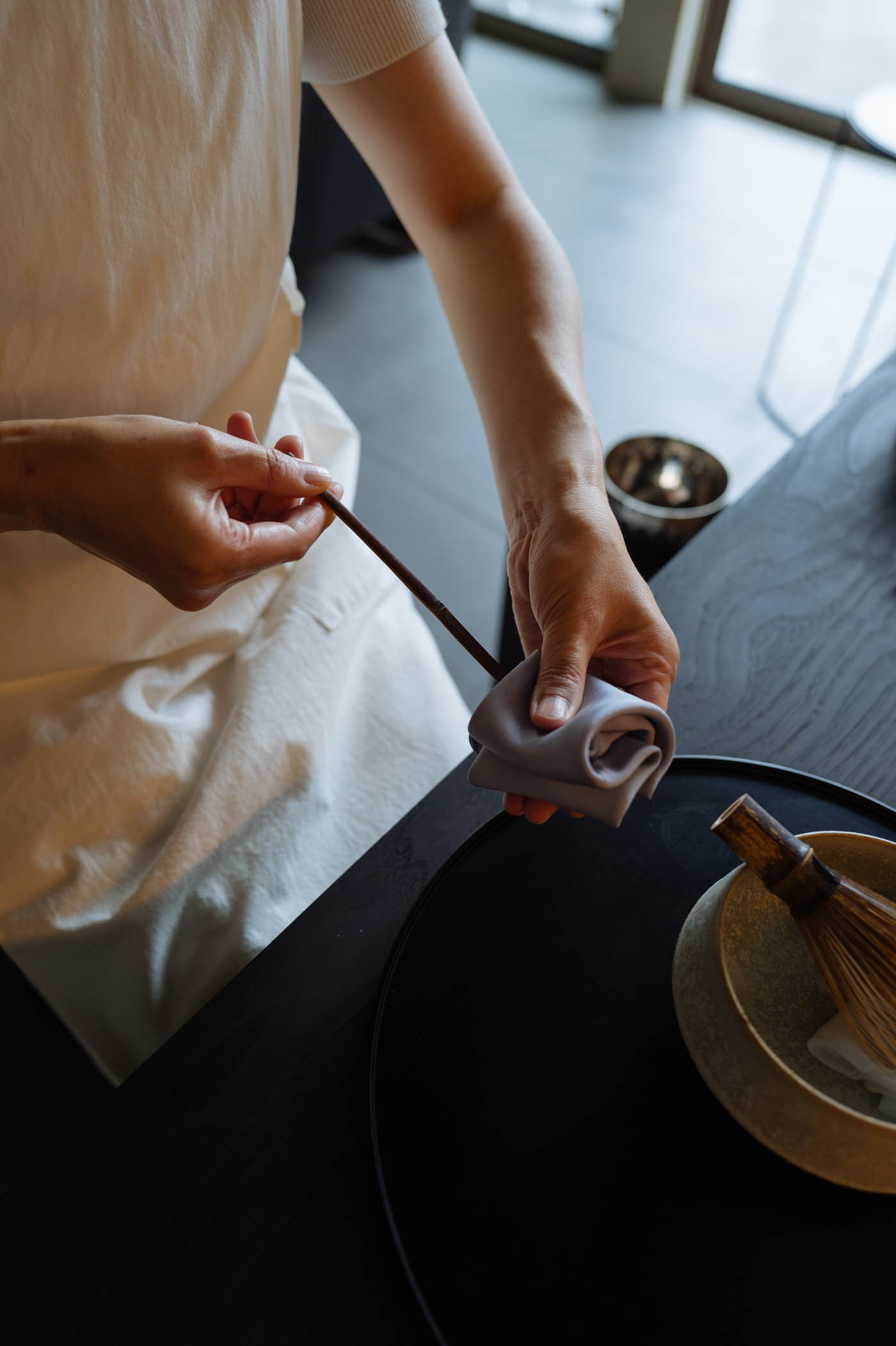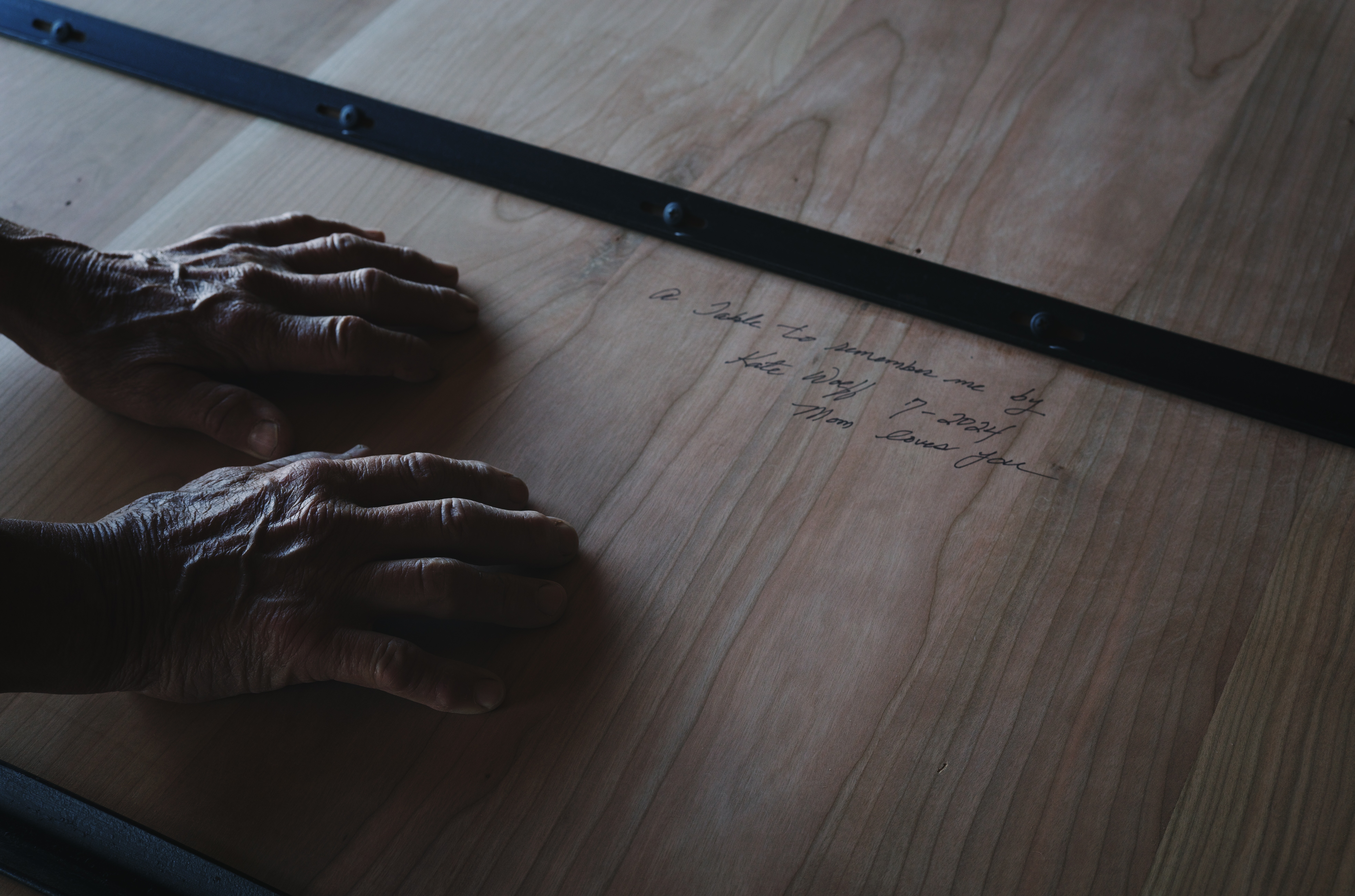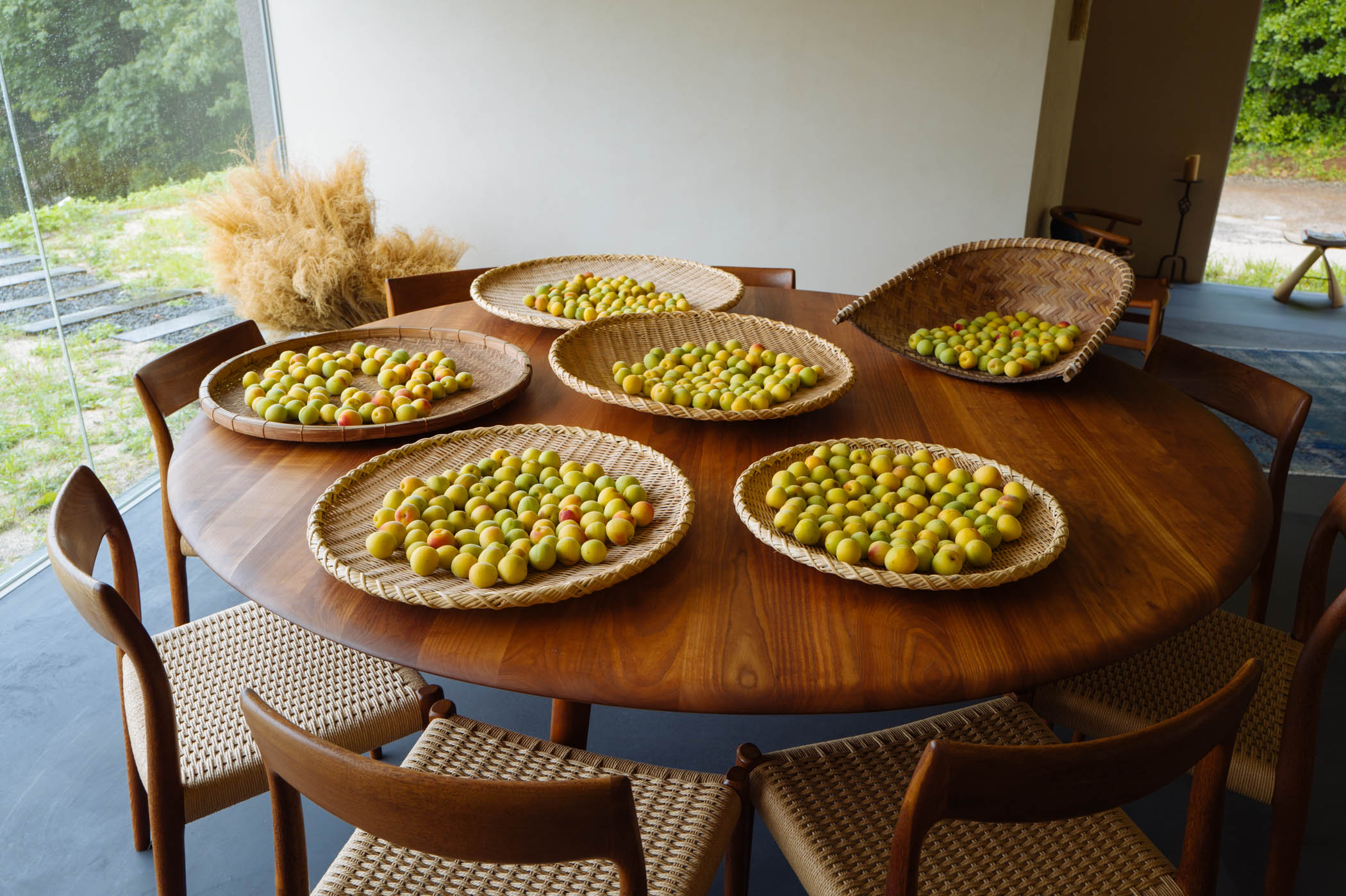Mukago are a delicious entertainment

It’s that time of year when you can bake in the sun and shiver in the shade. It’s hard to regulate our temperatures. Layers of clothing are thrown on and cast off throughout the day. A wind felt neither as warm nor cold rattles the screens and leaves flutter to the ground calling to mind the coming flurries of snow that will soon turn south and drift down from Siberia. The first frost will descend in Hokkaido and creep along Japan’s narrow sweep to arrive here in Kyushu in a few weeks. One morning, after a clear and windless night, we will wake to a delicate silver veil draped across a still and slumbering landscape. Though we can see it coming we are lucky that our latitude delays the onset of winter. Here it feels like autumn is still on the upswing. The ginkgo leaves blaze yellow and the maples leaves deepen towards red. Large praying mantises dressed in beige and green creep around every corner. The other day I interrupted one nearing the end of her meal. She perched on the screen door with the tail end of a grasshopper gripped between her raptorial legs. As I crouched down to get a good look, her triangular head pivoted and she trained her beady, kaleidoscopic eyes on me in return. It was her last meal. I later found her carcass perched on a panel of wooden siding. She had deposited a frothy mass of eggs on the sunny side of the house and then expired in situ.
Throughout summer I battle a series of vines that slither up trunks and throttle the shrubs in my garden like a snake squeezing its prey. From time to time, when a shrub seems particularly burdened, I’ll take a few minutes to release it form a vine’s grip. But summer has a way of luring me out to play and autumn is really the time to tidy up the gardens for winter’s slumber. Many a flowering bush is threaded with the flossy vines of jinenjo, a jungly mass of their leaves matting the crown.Their papery seeds flutter like medallions in the cold breeze and a few remaining mukago dangle ready to fall.

Mukago are small and tender, almost bean like with the concentrated flavor of the mountain potato it would propagate if planted. They have the slightest trace of a pleasant bitterness and echo the earthy flavor of a potato, but both tastes are light as they grow in the air and not in the soil. Their texture on the tooth reminds me of taro root, more smooth and silky than starchy. Mukago can start the meal as an appetizer, either fried in olive oil with a generous douse of good coarse sea salt, or fried in light sesame oil and flavored with soy. A bowl of them still hot from the pan offers a salty, oily satisfaction that pairs well with any one of Japan’s fairly indistinguishable lager-type beers. Or mukago can end a meal in takikomi gohan, seasoned rice cooked with seasonal ingredients, which showcases the petit, precious bulbs with delicate flavor alongside grains of polished new rice.
Mukago are a delicious entertainment. Through cooking and dining, ingredients first impress at the table where they are sensual, beautiful to behold, delicious on the tongue and warm in the belly. From there they entertain the intellect and spark curiosity to know where they come from, I am happiest at this intersection of the domestic and the wild. There is a spark of joy every time I can connect my daily life to the majestic natural world outside my door.
